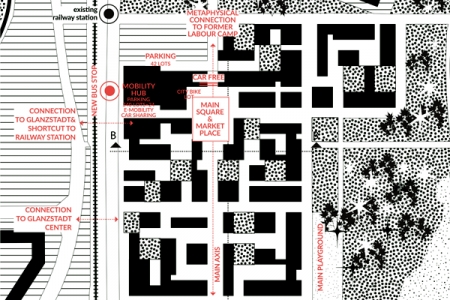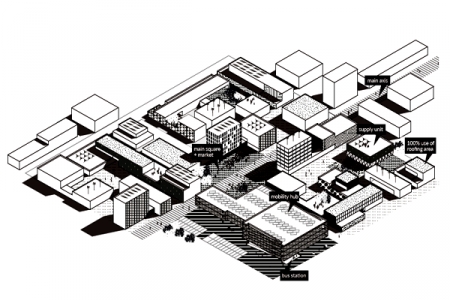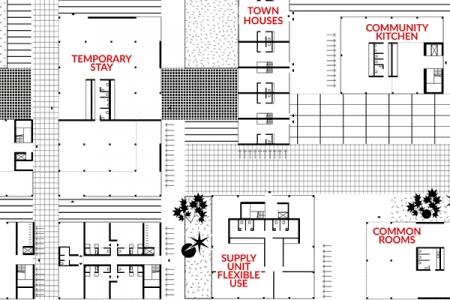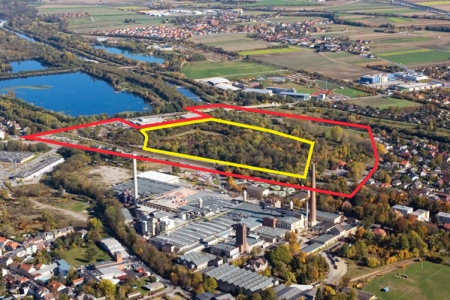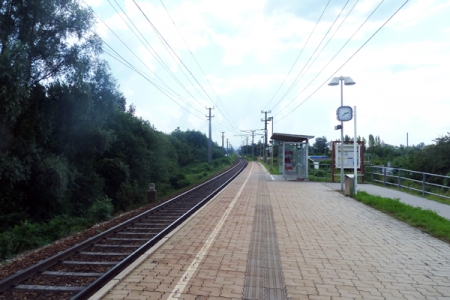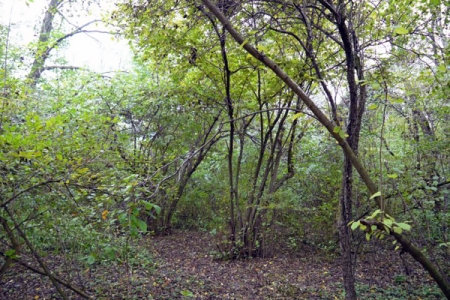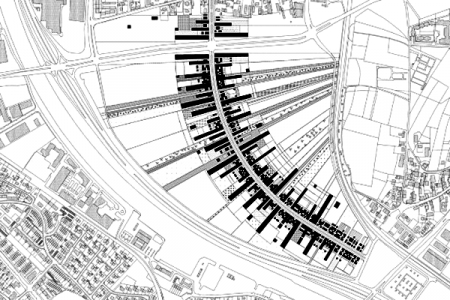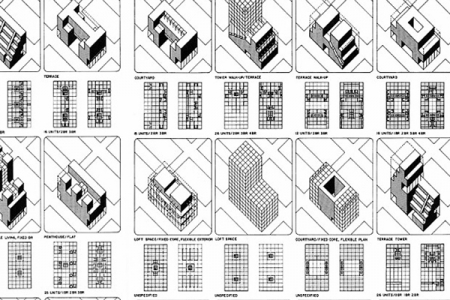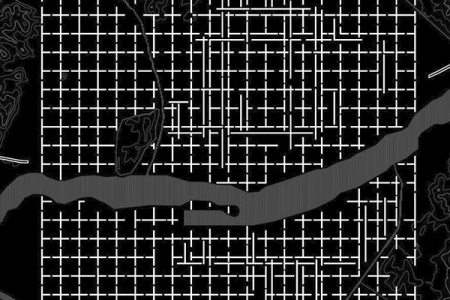The Elastic City
St Pölten (AT) – Runner-up
TEAM DATA
Team Representative: Nela Kadic (AT), architect urban planner; Associate: Vera Seriakov (AT), architect urban planner
Währinger Gürtel 7/18, 1180 Wien – Österreich
+43 660 149 30 07 – nelakadic@gmail.com
See the complete listing of portraits here
See the site page here

V. Seriakov & N. Kadic
INTERVIEW
Click on the images to enlarge
1. How did you form the team for the competition?
The two of us have been working together since 2010 - still at university back then. Our professional relationship (as well as our great friendship) felt unbelievably natural and rewarding just from the beginning. By that time we were dreaming of one day participating to the Europan competition – and so we did.
2. How do you define the main issue of your project, and how did you answer on this session main topic: Adaptability through Self-Organization, Sharing and/or Project (Process)?
The recent socio-economical and political developments show how many aspects in the future still remain incalculable. Our project deals with population growth or decrease and with our society's awareness and willingness to help and integrate people in needs. We have developed strategies for how to form a platform for a peaceful and satisfying cohabitation among people with different social and economical backgrounds. We integrate so-called supply units and spatial assets, which play the key role in the site’s elasticity and adaptability.
3. How did this issue and the questions raised by the site mutation meet?
The town‘s location along Austria‘s Western corridor, connecting major metropolitan areas as well as filling the role as Vienna‘s “city gate”, ensures good connections to urban facilities, yet at the same offers advantages of a rural lifestyle. It is big enough to offer well-organized facilities but still allows the formation of personal contacts, which just lays a great foundation to introduce new members to society. St. Pölten’s rather neutral image could benefit from the introduction of a new cooperative housing model and set a trend for other communities. Moreover, the proposed site is just destined for the realization of new housing models, as well as introducing a socially sustainable and supportive system that can assist the plot, which is traumatized for having hosted a labor camp during WWII, in developing a new meaningful and positive use.
4. Have you treated this issue previously? What were the reference projects that inspired yours?
Most of our previous projects deal with the introduction of socially and economically sustainable processes. We try to find strategic and structural urban solutions in order to gain a more balanced and fair society.
Generally, many of the previous contributions to Europan have inspired us – especially in finding a graphical language to express our ideas and beliefs.
We have been strongly influenced by the theories of Oswald Mathias Ungers as well as by the stunning work of DOGMA, which has strongly encouraged us to implement our ideas.
5. Today –at the era of economic crisis and sustainability– the urban-architectural project should reconsider its production method in time; how did you integrate this issue in your project?
It is important that future cities develop skills to adapt to environmental, social and economical changes. The city adaptability is its intelligence and sensitiveness to react on human and spatial requirements. In order to achieve these mechanisms, a system has to form a base. By establishing a framework for a socially sustainable growth, we contribute to a city’s capability to respond to those future challenges. We believe a clear, yet flexible system enables a higher stage of freedom and urban variety. Today’s strategies in urban planning need to react on economic and societal challenges and be aware of their responsibility in order to assist in preventing segregation and poverty.
6. Is it the first time you have been awarded a prize at Europan? How could this help you in your professional career?
This is the first time we have taken part in the competition, so, yes – this is our first prize at Europan – which we are really excited about! It is just a fantastic feeling being able to do what we both love most. It is immensely satisfying to see how well our work seems to be received. This award is very encouraging to keep up our work and believe in what we do. We are grateful for all the opportunities we have been given so far and those that are still to come.
